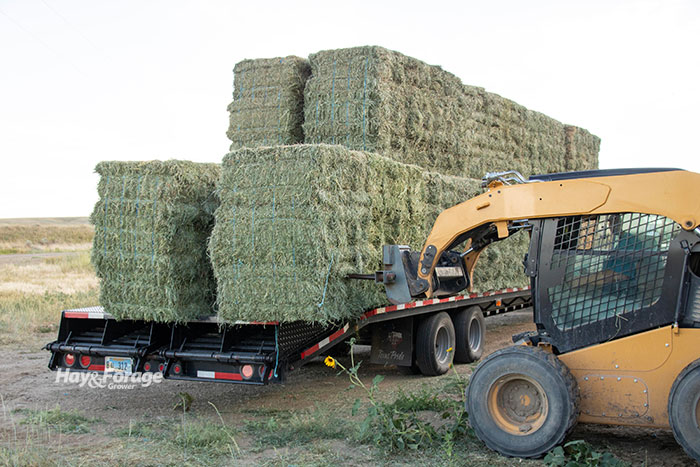
In many areas hammered by drought this past summer and fall, purchasing additional hay will be a necessity in the upcoming weeks and months. Hay buyers need to exercise caution when making purchases from states and regions other than your own, according to Mark Johnson, Oklahoma State University extension beef cattle breeding specialist.
Johnson suggests buyers do the following before making new hay purchases from previously unknown sources:
1. Ask for a forage quality analysis report of the hay before you agree to purchase. Check the moisture, protein, energy, and relative forage quality of the hay being bought. Also ensure that nitrate levels are not too high if sorghum hay is being considered.
2. Purchase hay by the ton, not by the bale. In a drought year like 2022, there will be hay on the market from roadsides and abandoned fields. Bale densities will vary and could be quite low, depending on baler settings. To ensure a fair deal, base purchases on tonnage. All hay bales are not of equal weight or quality.
3. Ask how the hay has been stored. Bales stored under cover will have less spoilage than bales stored outside. Bales stacked in rows and on pallets will have less spoilage than those stacked on the ground.
4. Ask what type of wrap is on bales. Net wrap generally results in less spoilage than twine wrap.
5. Determine when the hay was baled. Bales harvested from previous years are more subject to greater spoilage unless they have been stored indoors.
6. Know where hay is coming from. In some cases, hay can’t be moved in from fire ant endemic areas without taking precautions to ensure there are no fire ants being transported to areas designated free of fire ants.

